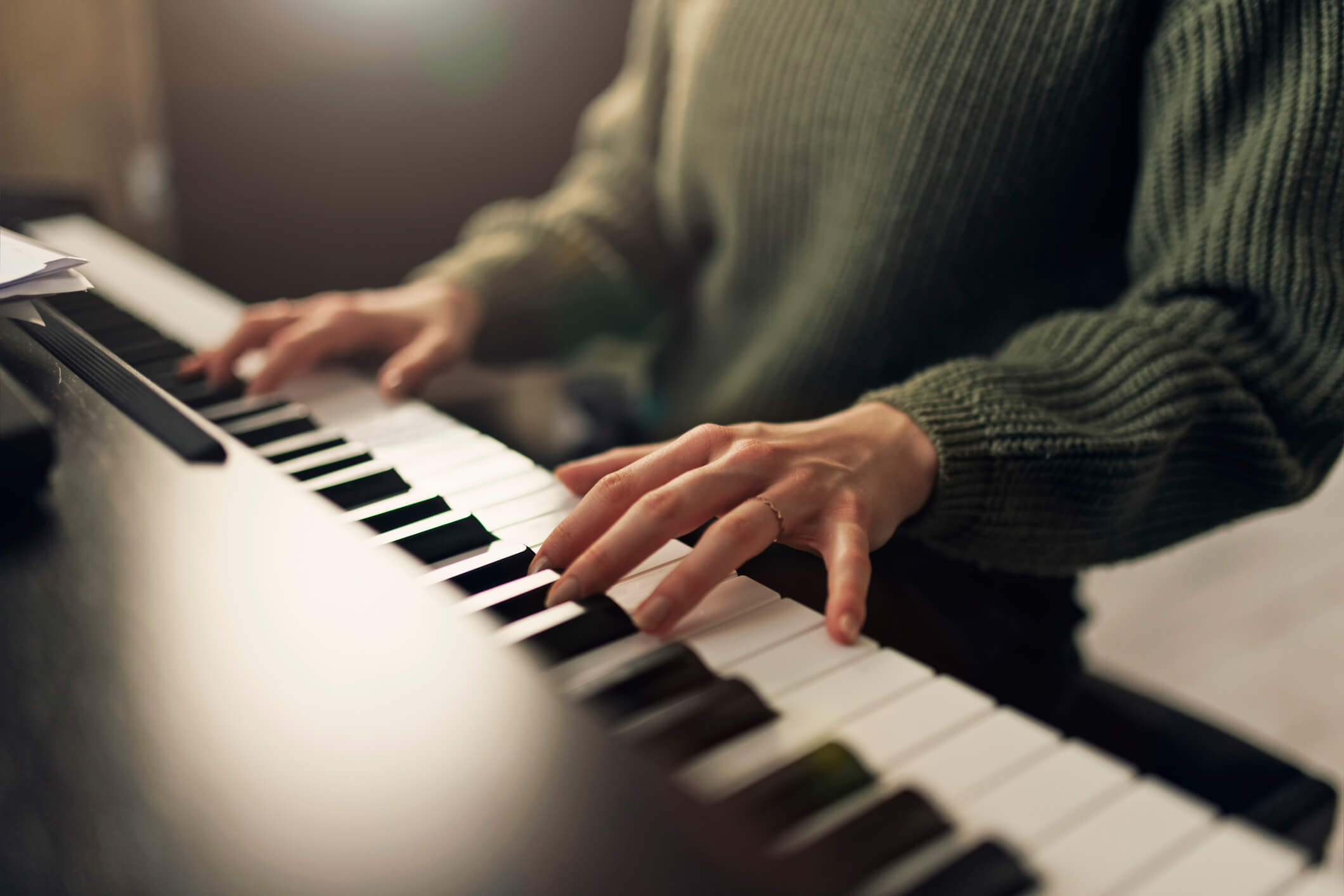Introduction: Transforming Random Letters into a Story
EFGGE. To most people, these letters might seem like a random string of characters, meaningless on their own. Yet when my fingers press these keys on the piano, they transform into a vibrant narrative—a story that unfolds with each note, each chord, and each pause. In that moment, I transcend the everyday and step into another dimension where sound and emotion intertwine to create an infinitely complex tapestry of music.
The Piano as a Lifelong Companion
I have been in a passionate, tumultuous relationship with the piano for 18 long years—a journey marked by both soaring triumphs and heart-wrenching setbacks. The piano, with its 88 keys, has evolved into an extension of my own voice, a medium through which I express the deepest recesses of my soul. Whether I perform on the illustrious stage of a Steinway concert grand or in the intimate setting of a cozy living room corner on a small keyboard, one piece holds a special place in my heart.
The Special Piece: Ballade Op. 118 No. 3 by Brahms
There is one composition I always play: Ballade Op. 118 No. 3 by Brahms. From the moment I first attempted this piece, I knew it was more than a series of notes on a page. Its unconventional chord progressions and modulations presented a formidable challenge that pushed my physical limits and tested my emotional resilience.
Embracing the Challenge: Struggle and Persistence
I lean forward as my fingers erupt into a storm of notes. In that instant, I catch a glimpse of the audience’s anticipation as they watch me, every muscle in my body attuned to the challenge. When I first started learning this piece, its intricate harmonies caused my hand to give out within minutes of practice. I pushed through the pain, even as my back ached, driven by the desire to master the complex musical tapestry before me.
The Transformation: From Pain to Poetry
Gradually, the initial storm of sound transforms into a tender, lyrical passage. In these quiet moments, the emotional intensity mellows, and both my mind and the audience share a collective breath. What was once a daunting task of memorizing each note eventually becomes embedded in the muscles of my hands, transforming into a natural, instinctive language of expression.
The Moment of Triumph
As I approach the final section of the performance, the evocative pitches and turbulent chords return with renewed intensity. This time, however, I am seated straight with confidence, each movement deliberate and powerful. The audience witnesses my triumph over the challenges of practice—a testament to the long, arduous journey of persistence and self-discovery.
Music as a Universal Language
For me, the piano is more than an instrument; it is a storyteller that bridges the gap between my inner world and the hearts of those who listen. It doesn’t matter where someone in the audience is from or what personal challenges they face—when the music flows, it unites us in a shared, profound experience. In these moments, we are all speaking the same language: a language of melody and emotion that transcends barriers and differences.
Reflections on an 18-Year Journey
Looking back on nearly two decades of devotion to the piano, I see a narrative rich with both struggle and beauty. The countless hours of solitary practice, the moments of despair when the music seemed insurmountable, and the breakthroughs that followed each setback have all contributed to who I am as a musician. The piano has taught me that true mastery comes not only from technical precision but also from the ability to feel deeply and share those feelings with others.
Connecting Through Shared Experience
When I perform, I invite my audience to step into my world—a realm where every note carries a piece of my history. Through my music, I share the story of my challenges, my growth, and ultimately, my triumph. It is a reminder that our personal journeys, no matter how unique, often echo a universal theme of struggle, perseverance, and hope.
Conclusion: The Symphony of Life
The beauty of music lies in its power to weave a common narrative that resonates with us all. The piano, with its 88 keys, becomes the canvas on which I paint my story—a story that is continuously evolving with every performance. Through the highs and lows, the melodies and the silences, I have learned that the true essence of life is found not in perfection but in the passion of our pursuit.
As I continue to share my journey through music, I remain ever grateful for the opportunity to connect with others, to evoke emotions, and to remind us all that, in the end, we are united by the timeless, transformative power of a well-told story.
This structure provides clear headings that guide the reader through the narrative, enhancing both its emotional impact and overall clarity.

